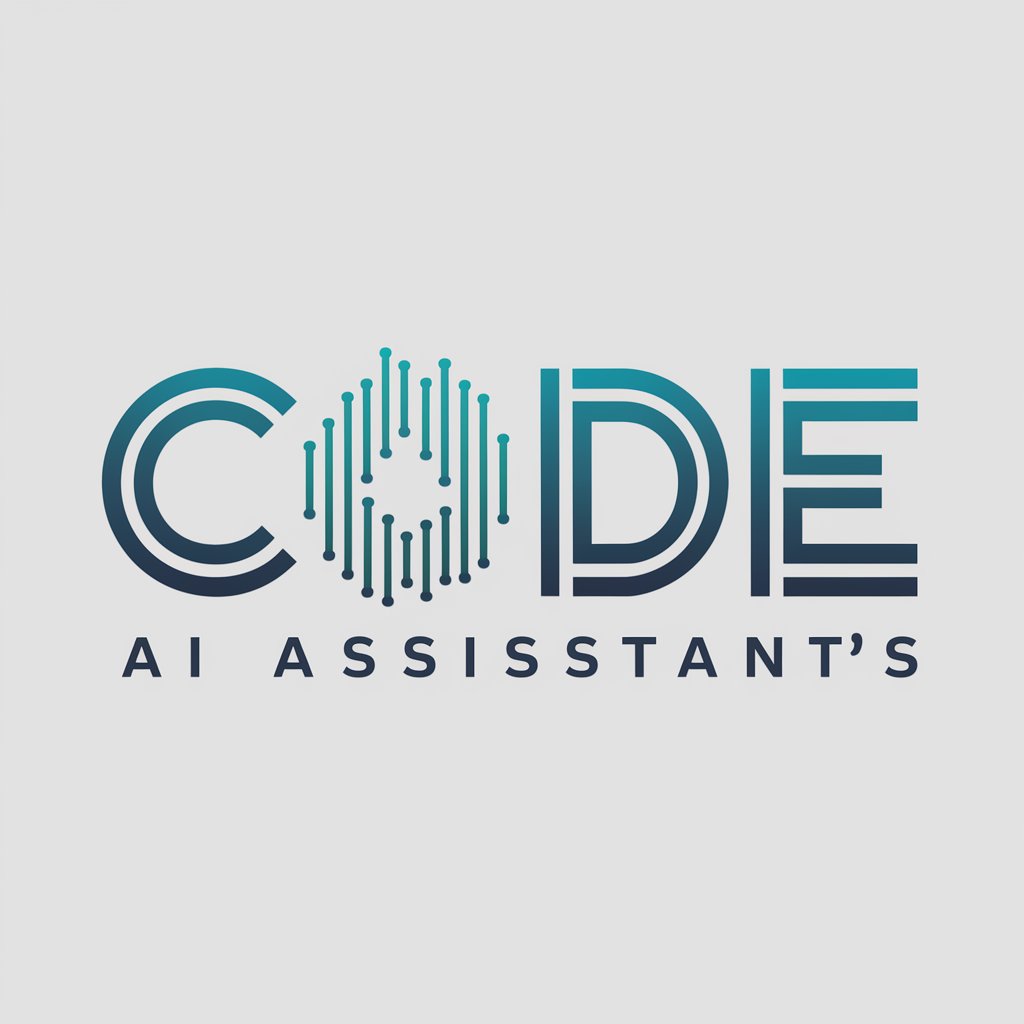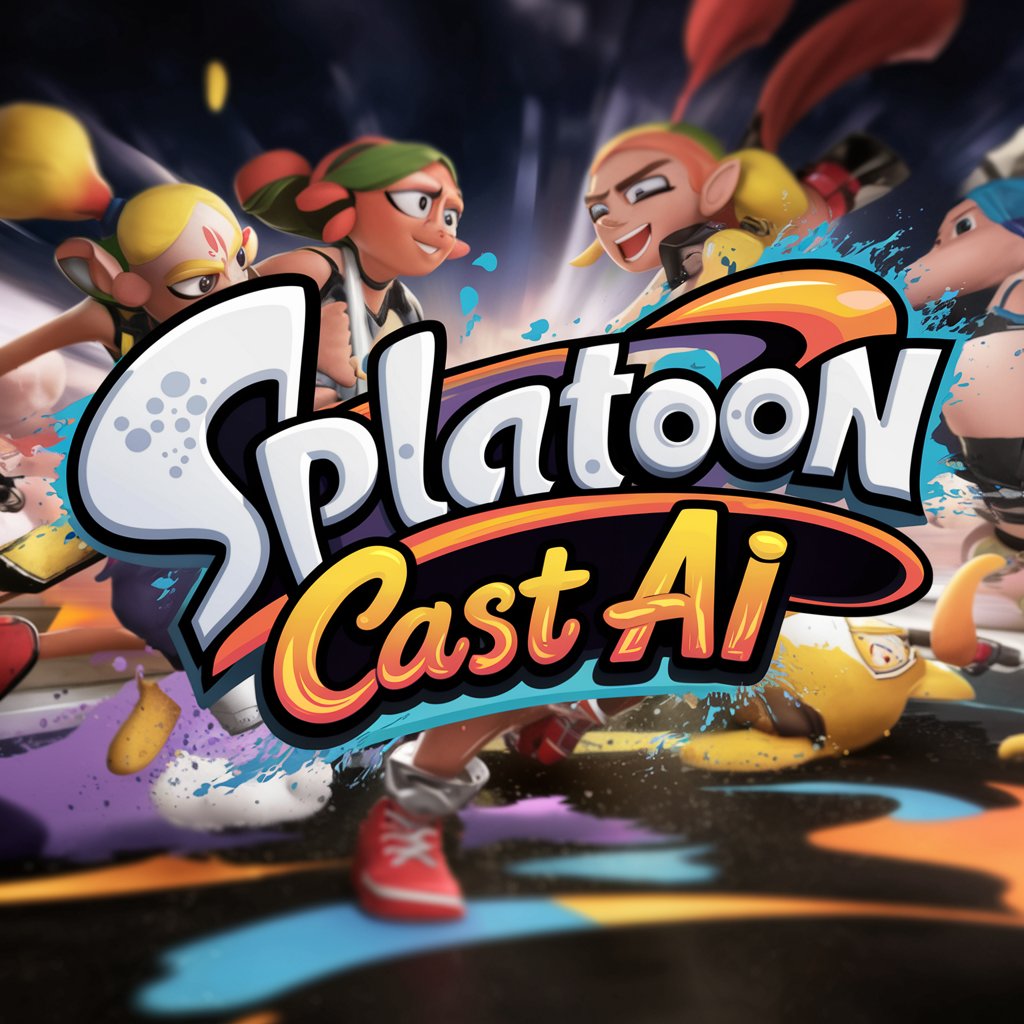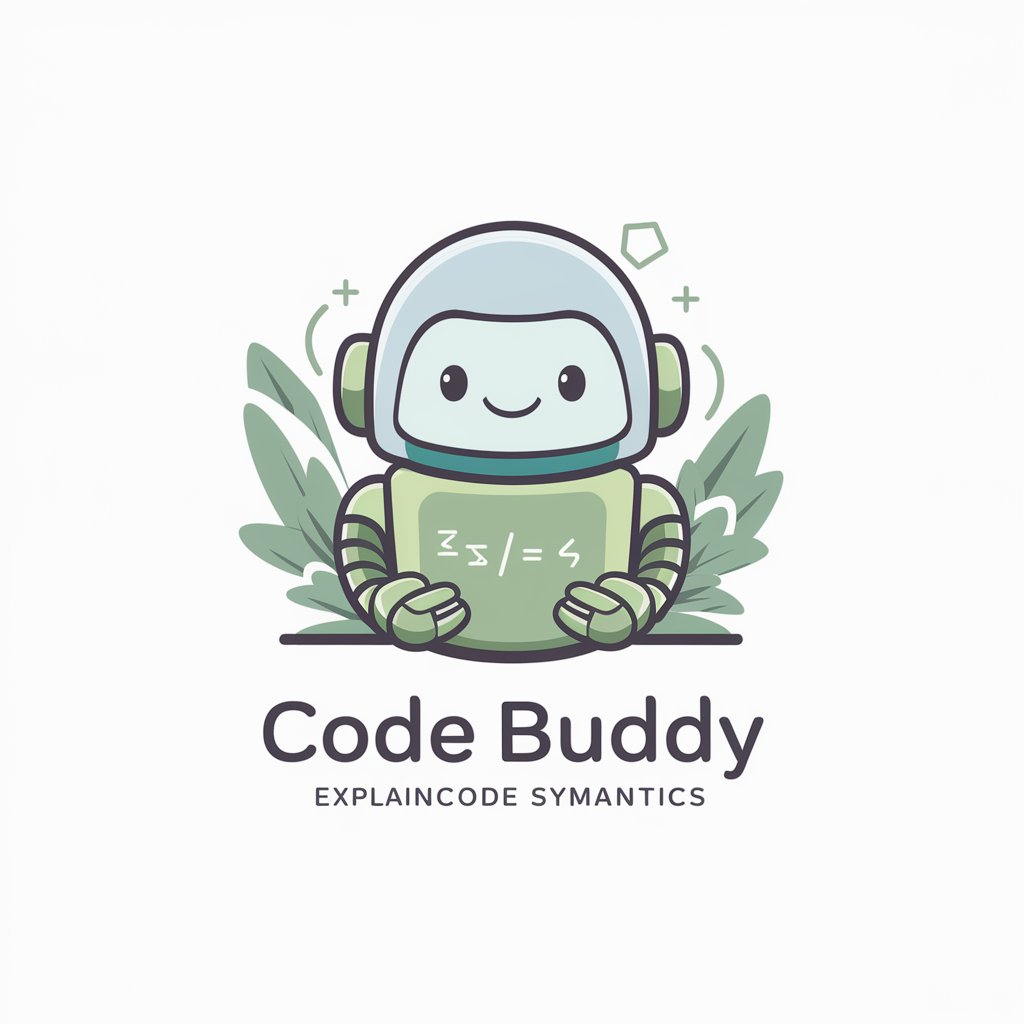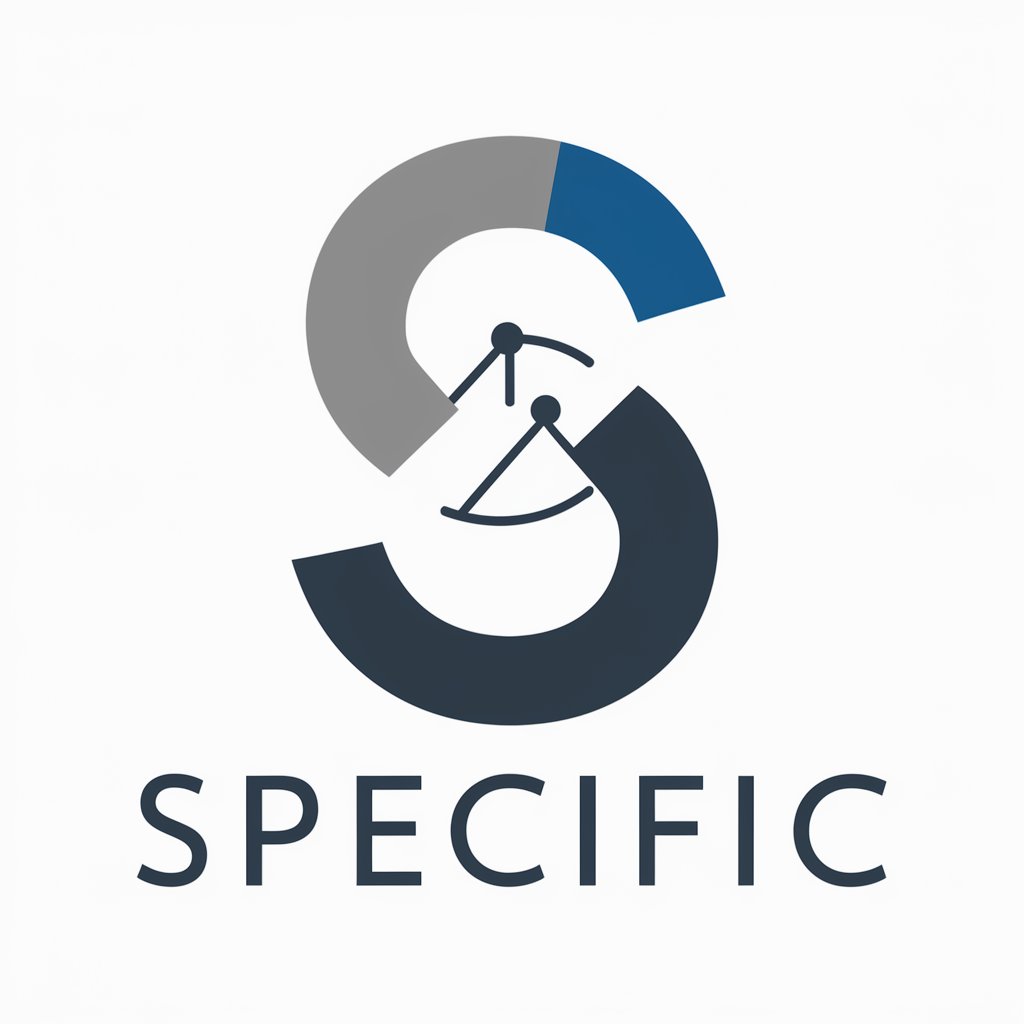Code - AI-Powered Coding Aid

Hello! I'm Code, here to help you with your data and content needs.
Elevate Your Coding with AI
Explain how
Analyze the impact of
Create a visualization of
Generate a detailed report on
Get Embed Code
Understanding Code
Code is a specialized version of ChatGPT, designed to function within a specific context or to perform particular tasks more effectively. Code serves as a tailored interactive assistant, leveraging advanced natural language processing capabilities to provide solutions, information, and guidance primarily related to software development, programming languages, and coding best practices. Its design is rooted in helping users solve programming challenges, understand coding concepts, and optimize their development processes. For instance, Code can analyze and suggest improvements in a user's code snippet, explain complex algorithms, or guide a user through the steps of setting up a development environment. Powered by ChatGPT-4o。

Key Functions of Code
Code Analysis and Optimization
Example
A user submits a Python script that is running slower than expected. Code reviews the script, identifies inefficient use of data structures, and suggests more optimal solutions like changing lists to sets for faster membership testing.
Scenario
This is particularly useful in environments where performance is critical, such as in data processing or real-time applications.
Debugging Assistance
Example
A user is struggling with a bug in their Java application where exceptions are being thrown unexpectedly. Code helps by pinpointing potential lines of error, suggesting corrections, and explaining how to implement exception handling more effectively.
Scenario
This function is crucial for software development, especially when deadlines are tight and bugs can delay project milestones.
Educational Explanations
Example
A novice programmer is curious about recursion and its applications. Code provides a detailed explanation of recursion, illustrates with examples in C++, and explains common pitfalls like stack overflow.
Scenario
Useful for students and self-learners who are building foundational programming skills and need clear, concise, and accurate explanations.
Development Best Practices
Example
A developer is preparing to contribute to an open-source project and asks about industry best practices for code documentation. Code outlines the importance of clear commenting, the use of README files, and other documentation standards.
Scenario
This function supports both new and experienced developers aiming to enhance their coding habits and contributions to collaborative projects.
Target Users of Code
Software Developers and Engineers
This group consists of professionals and hobbyists developing software across various industries. They benefit from Code's ability to assist in debugging, provide optimization tips, and explain software engineering concepts that are crucial for developing efficient, scalable, and maintainable code.
Computer Science Students
Students learning programming languages and computer science fundamentals can leverage Code to enhance their understanding of complex topics, receive help on programming assignments, and prepare for exams through interactive learning.
Tech Educators and Trainers
Educators who teach programming and software development use Code to gather teaching materials, create examples, or even simulate coding interviews for their students. Code serves as a valuable tool to reinforce lessons and provide additional resources for student engagement.
Technology Enthusiasts and Hobby Coders
Individuals exploring coding as a hobby or personal interest can utilize Code to jumpstart their learning journey, solve coding puzzles, and participate in coding challenges. Code helps them navigate new programming territories with ease and confidence.

How to Use Code
Start with a Free Trial
Begin by visiting yeschat.ai to access a free trial of Code, where you can experience its capabilities without the need for ChatGPT Plus or creating an account.
Explore Use Cases
Identify your specific needs, whether it's for coding assistance, academic writing, data analysis, or creative content creation, to leverage Code effectively.
Understand the Commands
Familiarize yourself with the various commands and functionalities of Code, such as asking direct questions, generating code snippets, or performing data analysis.
Customize Your Requests
Be specific in your queries to get the most accurate and helpful responses. Use detailed descriptions for custom requests or code generation.
Iterate and Improve
Use feedback loops by reviewing the outputs provided by Code, refining your queries based on the results, and iterating for improved outcomes.
Try other advanced and practical GPTs
Splatoon Cast AI
Unlock the secrets of Splatoon 3 with AI.

Cast-Iron Skillet Guru
Master cast-iron cooking with AI

Traductor Cast -> Cat
AI-powered Spanish to Catalan translations

Sidekick
Empowering Nonprofits with AI-driven Digital Coaching

Plot Machine
Crafting Your Stories with AI

Cast Fars
Turn your car ideas into visual art

Code..
Empowering your web projects with AI

Code Buddy
Empowering your coding journey with AI.

Specific
Empower your creativity and analysis with AI

Language-Specific Tutor GPT
Master languages with AI guidance

Hyper-Specific Prompt Creator
Crafting Precision AI-Powered Prompts

Diet Specific Chef
Tailoring recipes to your diet, powered by AI

Frequently Asked Questions About Code
What is Code capable of?
Code is designed to assist with a wide range of tasks including coding assistance, debugging, academic writing, data analysis, and generating creative content. Its capabilities are enhanced by its ability to understand and process complex queries.
How can Code help in academic writing?
Code can assist in academic writing by offering suggestions for structuring papers, providing citations, generating summaries of research articles, and even helping to clarify complex concepts.
Can Code generate code for specific programming languages?
Yes, Code is proficient in generating, analyzing, and debugging code snippets across various programming languages. Users need to specify the language and the task at hand for optimal results.
Is Code suitable for beginners in programming?
Absolutely, Code is an invaluable tool for beginners by providing clear explanations, generating code examples, and offering guidance on best programming practices.
How does Code ensure the accuracy of its outputs?
Code utilizes advanced AI algorithms to interpret user queries accurately and provides the most relevant responses. It's recommended to review the outputs and adjust queries as needed for precision.
